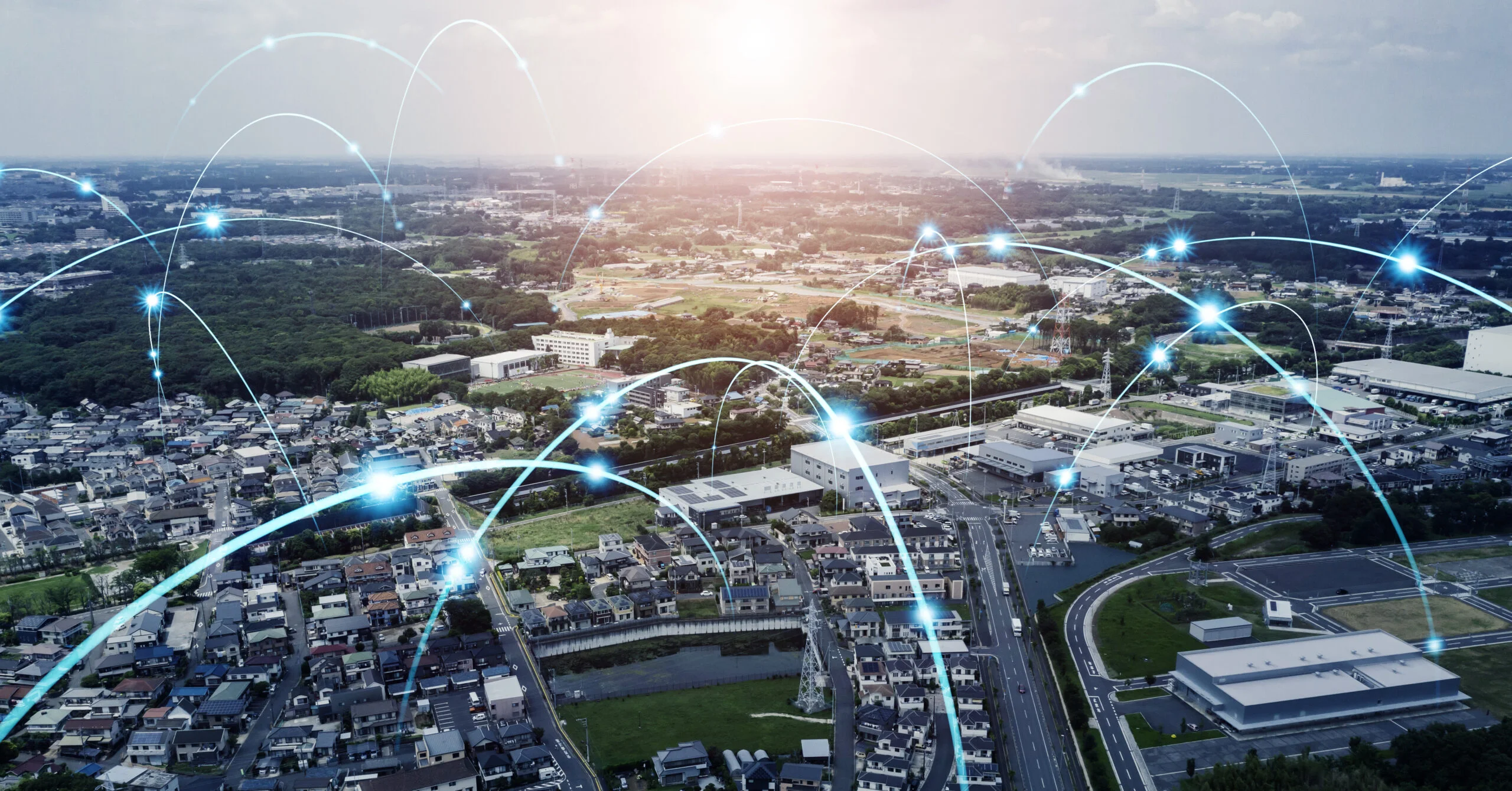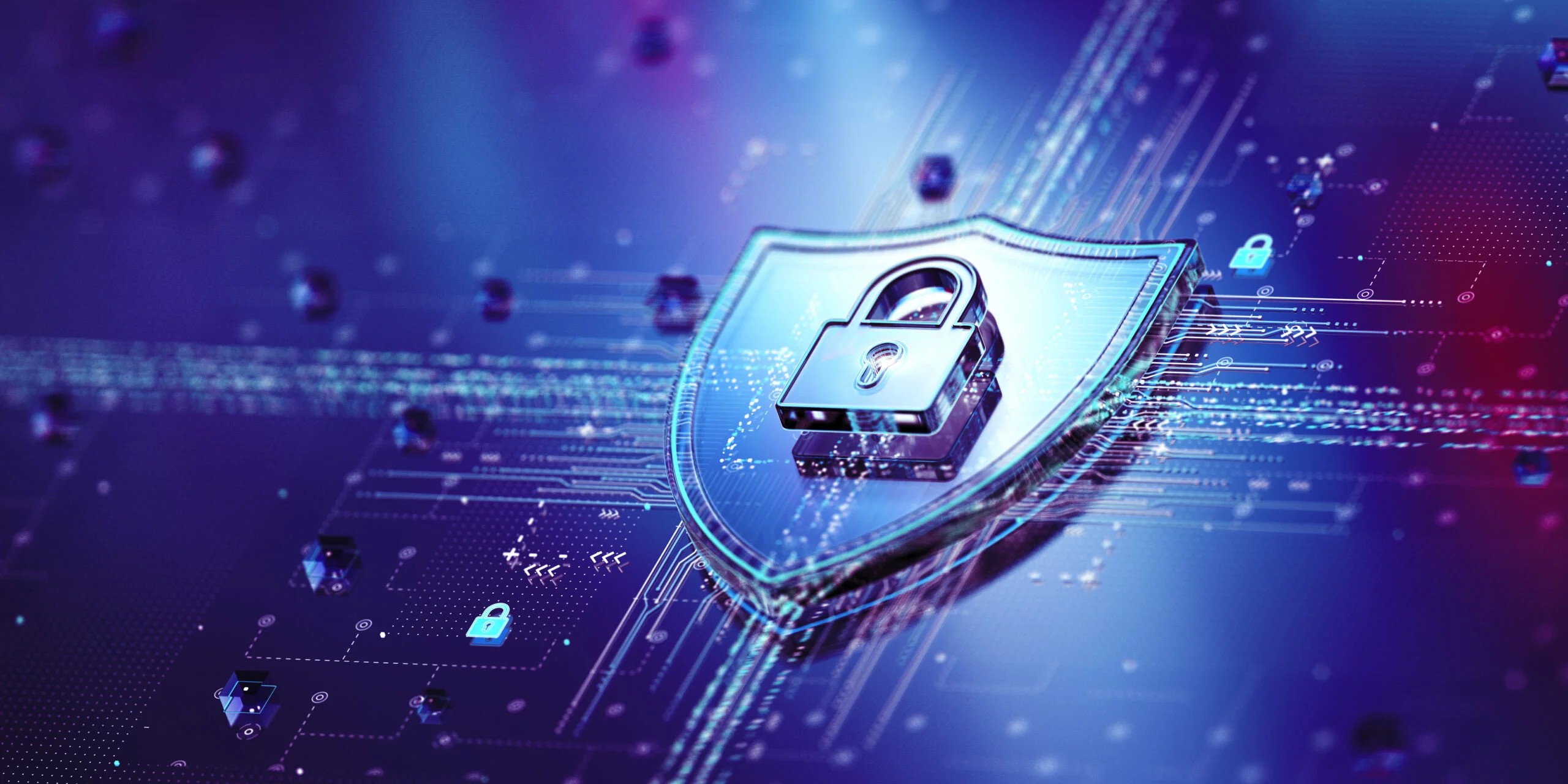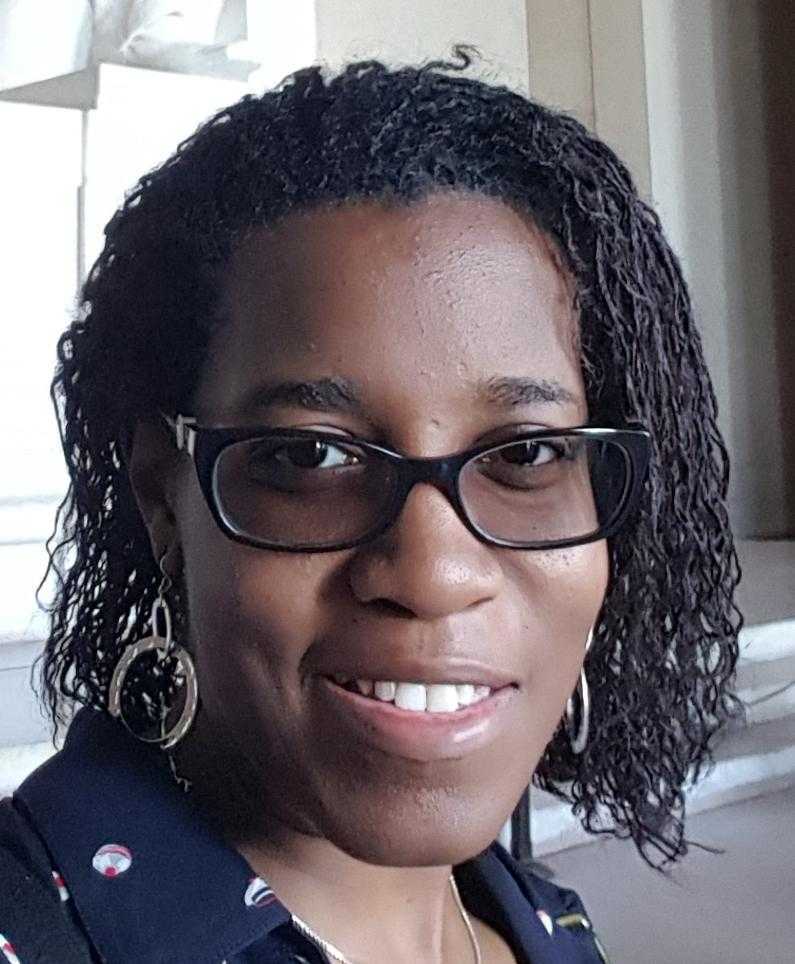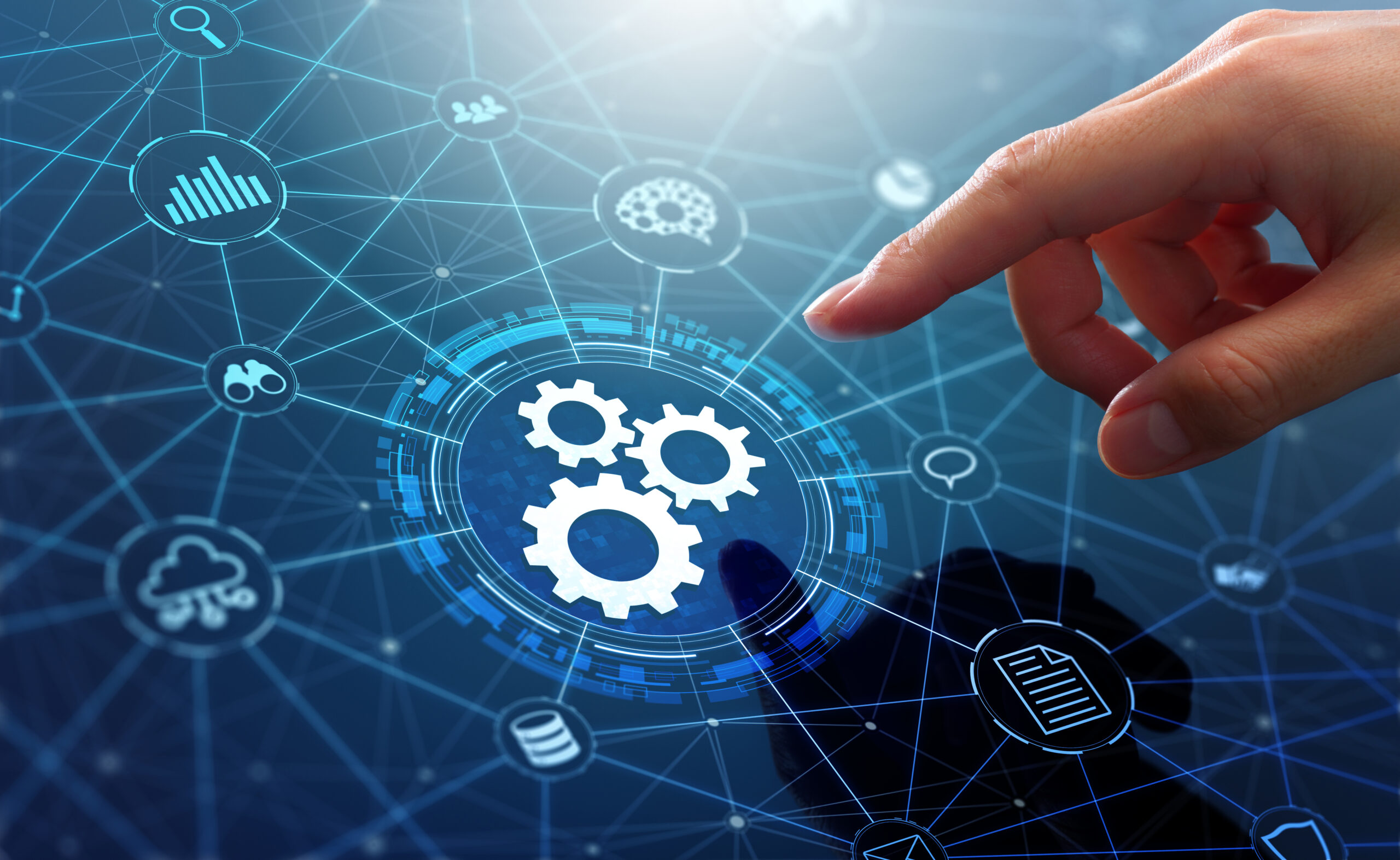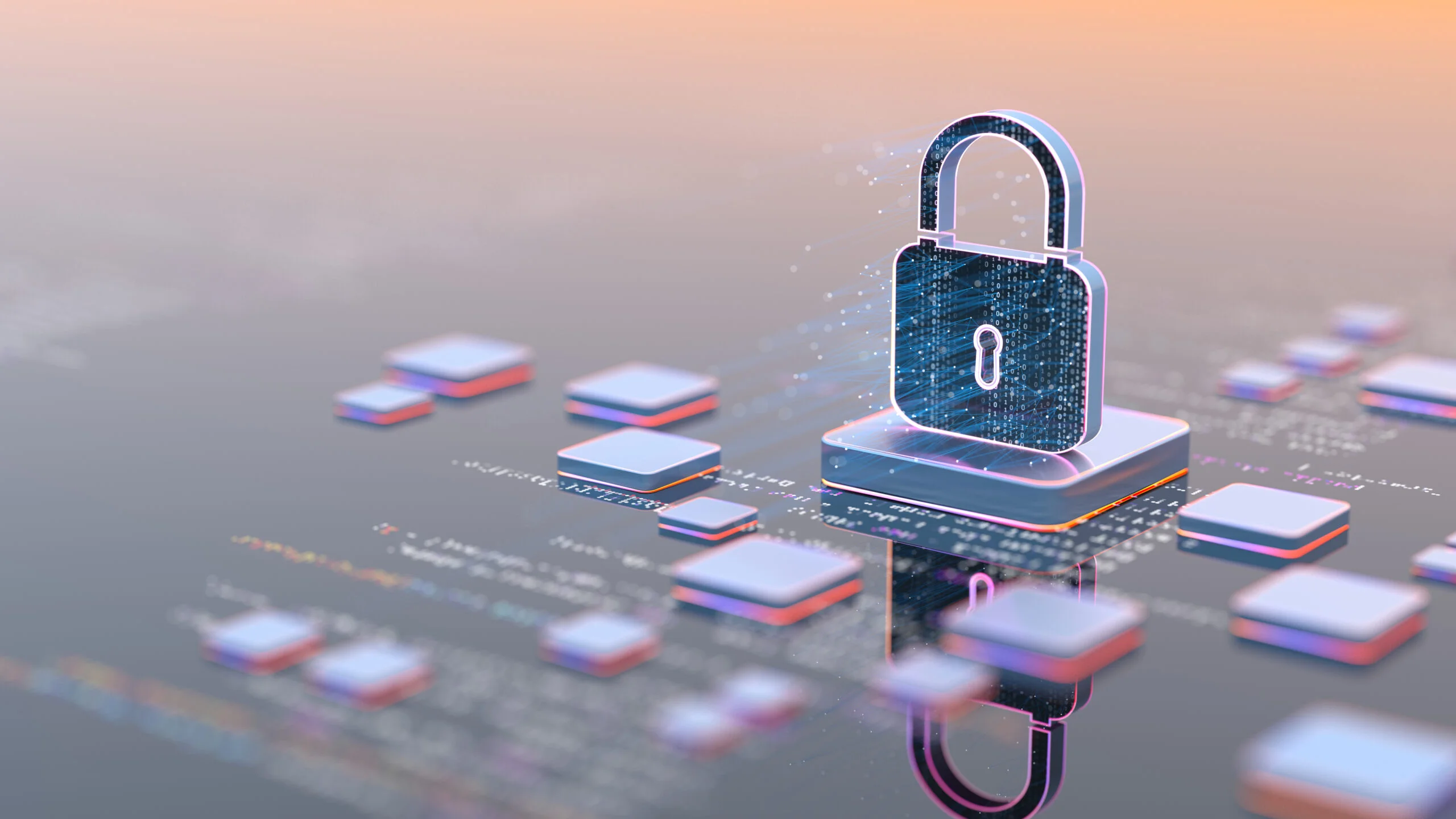While it may seem like the stuff of science fiction, to some degree self-healing machines already exist. No, there isn’t a liquid-metal Terminator to contend with, but rather through novel materials that use various stimuli to trigger self-healing or repair. Already, vehicle self-diagnosis features alert end users to potential problems, ranging from oil or fuel gauges to tire pressure sensors. These self-diagnostic tools have proven useful in decreasing operational costs, which is critical in satisfying the customer experience. Now imagine these tools applying to medical technologies, to vehicles that not only diagnose but repair their problems, or even to the electric grid. Is a self-healing grid possible?
What is a Self-Healing Grid?
Put simply, a self-healing grid refers to electric infrastructure that can address and, hopefully, maintain its own challenges independent of oversight. According to Mario Armanious of the Institute on the Environment at the University of Minnesota, a self-healing grid is, “described as a smarter network that uses sensing, control, and communication technology to allow for real-time troubleshooting for unforeseen events.”
Currently, there are already “smarter networks” for sensing, controlling, and communicating grid-related information in real-time: Grid-Edge distributed energy resource management systems (DERMS). As the name implies, a Grid-Edge DERMS is the organizational tool used to manage behind-the-meter distributed energy resources (DERs), which refers to photovoltaic solar, battery storage, EVs, and smart home technologies like thermostats and water heaters. Superficially, these platforms are designed to provide utility operators with the device control necessary to run demand flexibility initiatives like demand response or EV managed charging, conservation tactics that curtail demand during peak periods of usage.
– Syd Bishop, Sr. Content Specialist, Virtual Peaker
Already, DERMS platforms can monitor real-time and historical data through load forecasting tools. Coupled with AI and machine learning, in the very near future, Grid-Edge distributed energy resource management systems (DERMS) will be able to identify not only challenges for customers but also potential pain points along the grid itself. Still, can a self-healing grid exist today? In short… kind of.
The Value of DERs
A recent Woodmac report determined that the distributed energy resource market would double by 2027. In the short term, higher distributed energy resource adoptions will increase encumbrance to the electric grid, creating a significant electrification hurdle for utility providers. Still, these same energy assets allow utilities to employ homeowner technologies in load management strategies. Perhaps more importantly, increased DER adoptions are an inevitability, not a projection, so these challenges are much closer on the horizon than not, which is why demand flexibility programs remain a strategic priority. These programs not only help utilities with load shifting during peak periods of usage, but they can decrease high energy spending at peak hours while increasing grid resiliency.
The High Cost of the Grid
So will self-healing grids become a reality? In a way. Upgrading the U.S. electric grid is estimated to cost over $2.5t by 2035, a cost that will only increase the longer it is delayed. Demand flexibility initiatives defer these expenses through concerted and targeted load shifting. Tools like DERMS, forecasting software, and even EV telematics grant utilities a broader, more nuanced picture of where and when demand may peak, in turn allowing them to circumvent this need by shifting demand as needed. And while these technologies are currently reflexive responses to real-time stimuli, the combination of grouping tools and AI and machine learning promise an informed, preemptive approach to load management, all while deferring high grid costs.
Self-Healing Grid Conclusion
While a true self-healing grid isn’t quite here, they aren’t as far away as you might think. In fact, as technologies continue to evolve, including AI and machine learning to guide processes, a self-healing grid that can identify its own obstacles is imminent. By employing these tools for greater device nuance and control, utilities can not only address the high, but necessary cost of grid upgrades, but can decrease costs, increase customer satisfaction, and improve grid resiliency. That’s a future worth working for.

